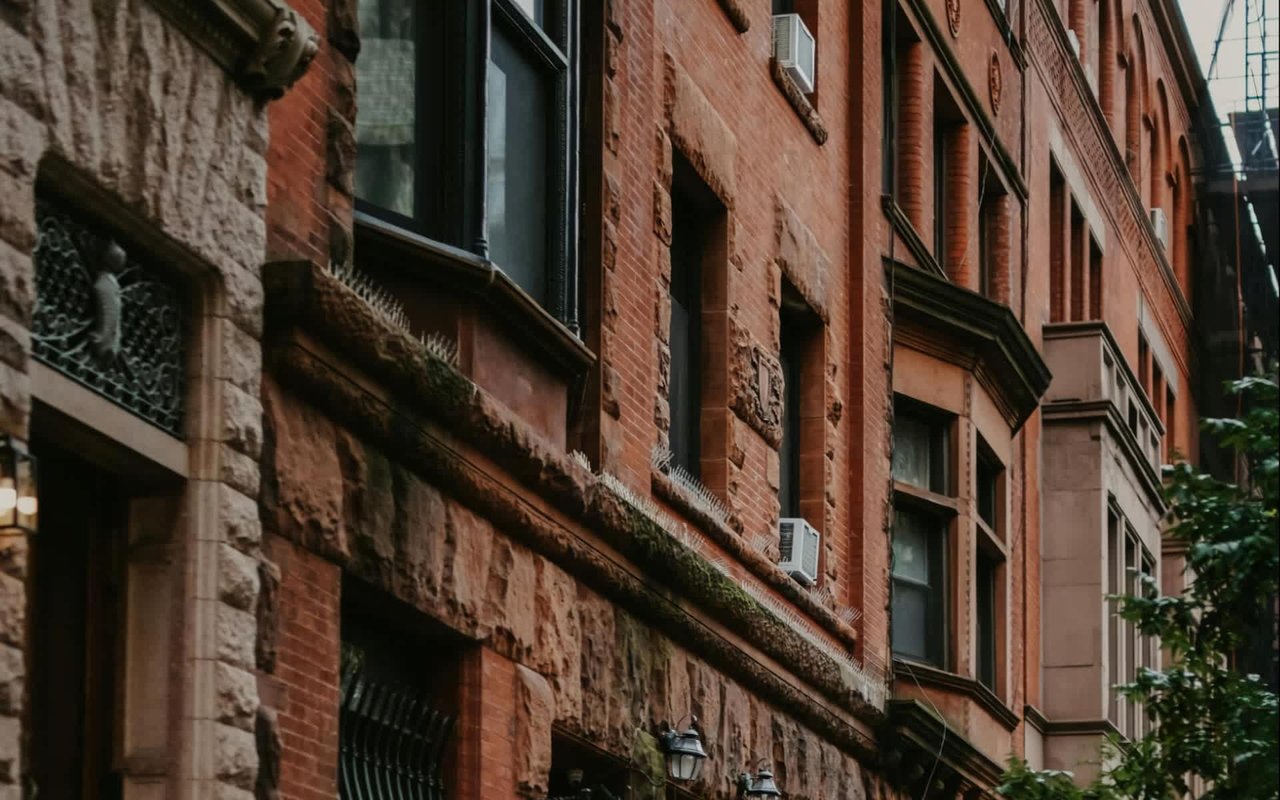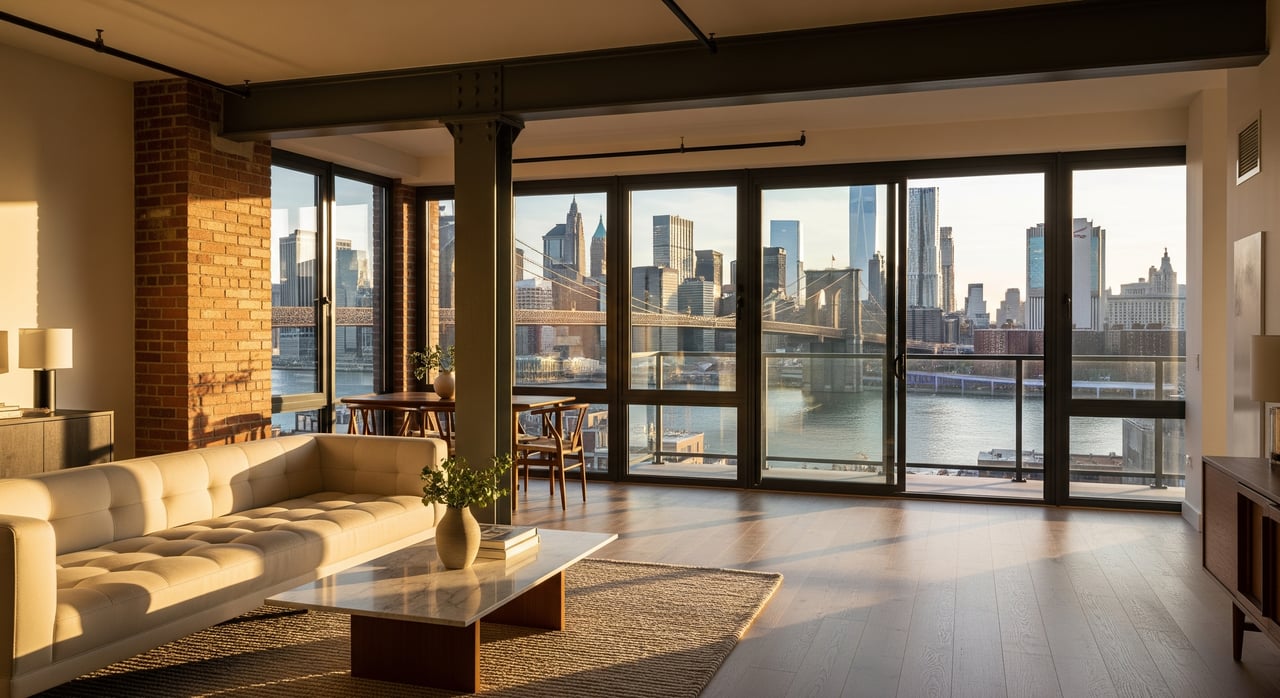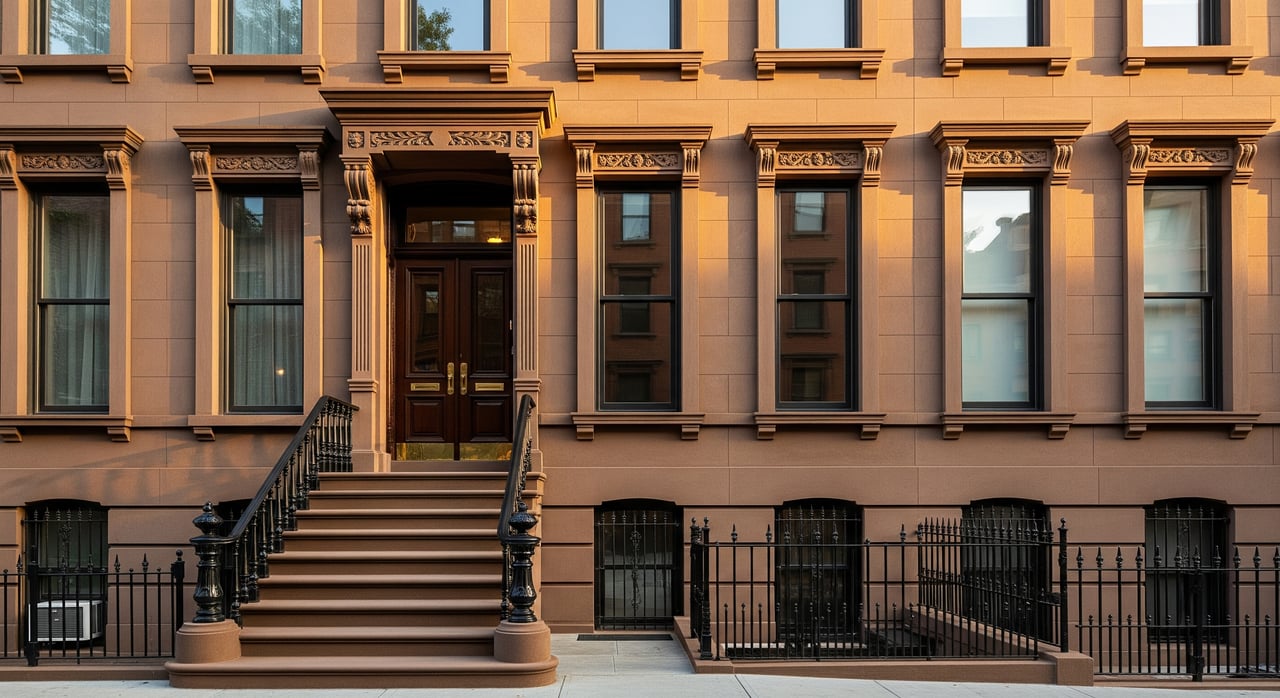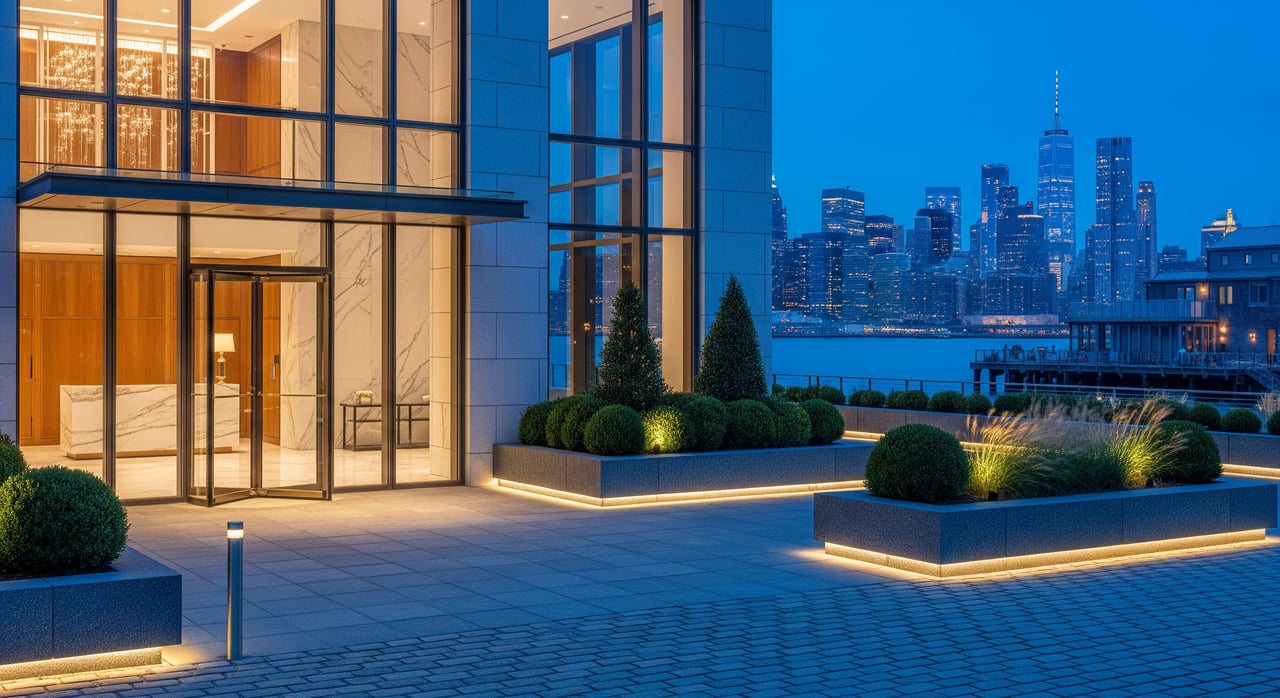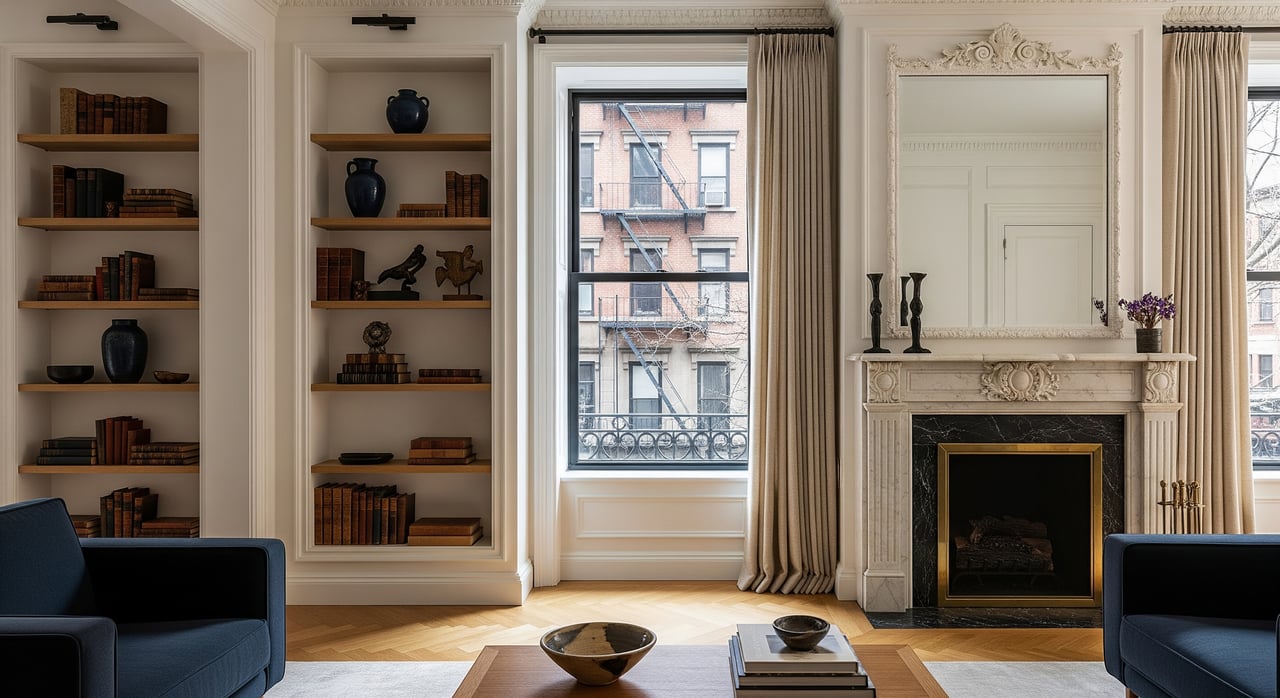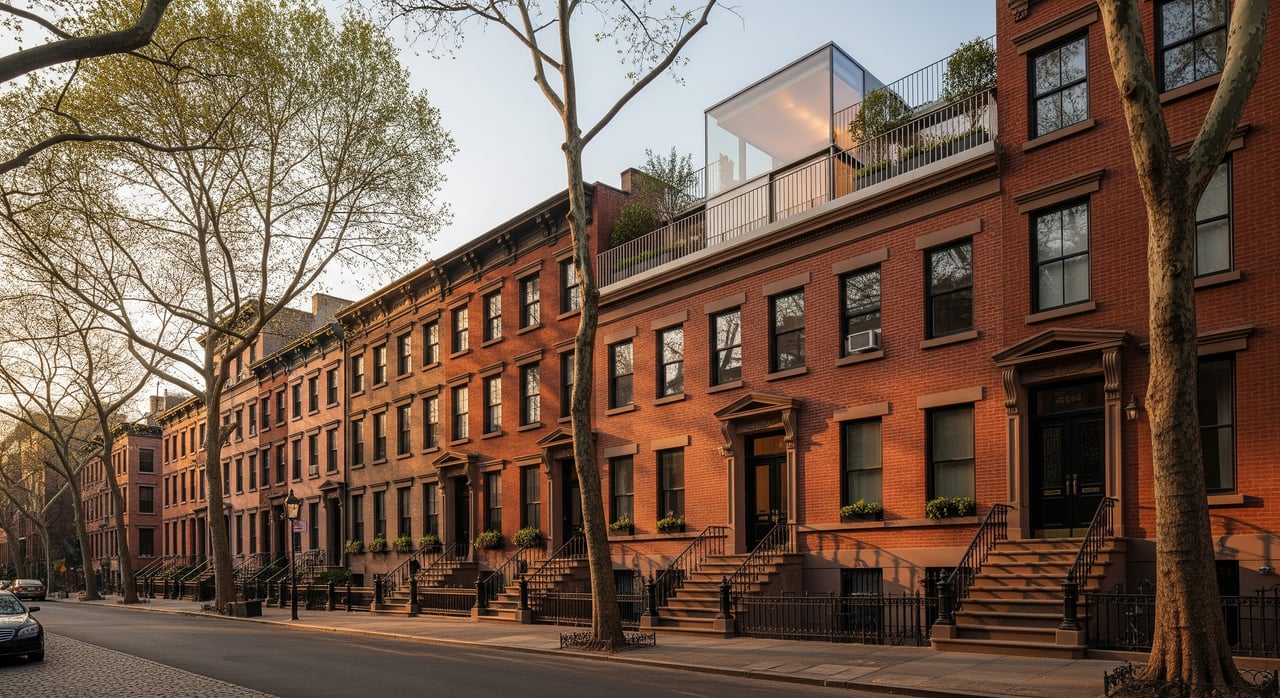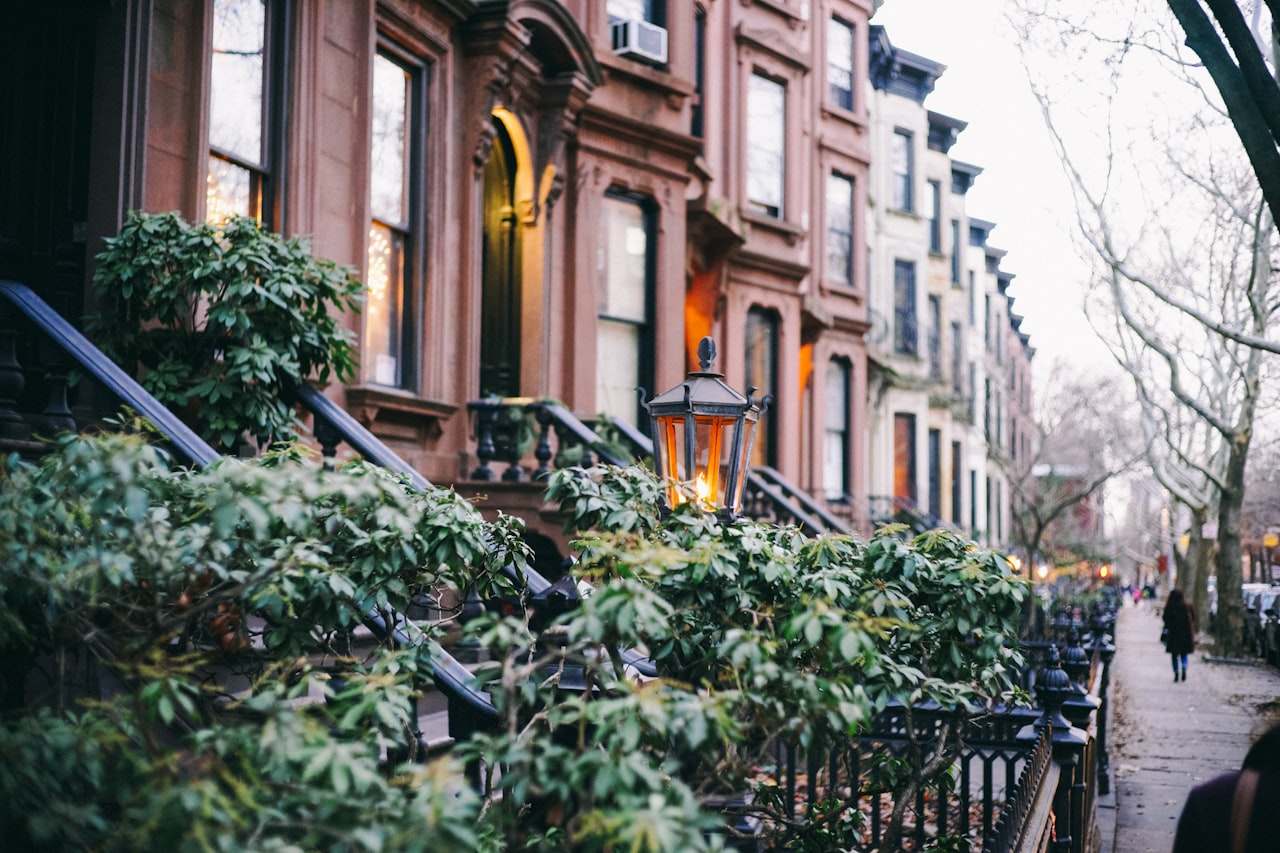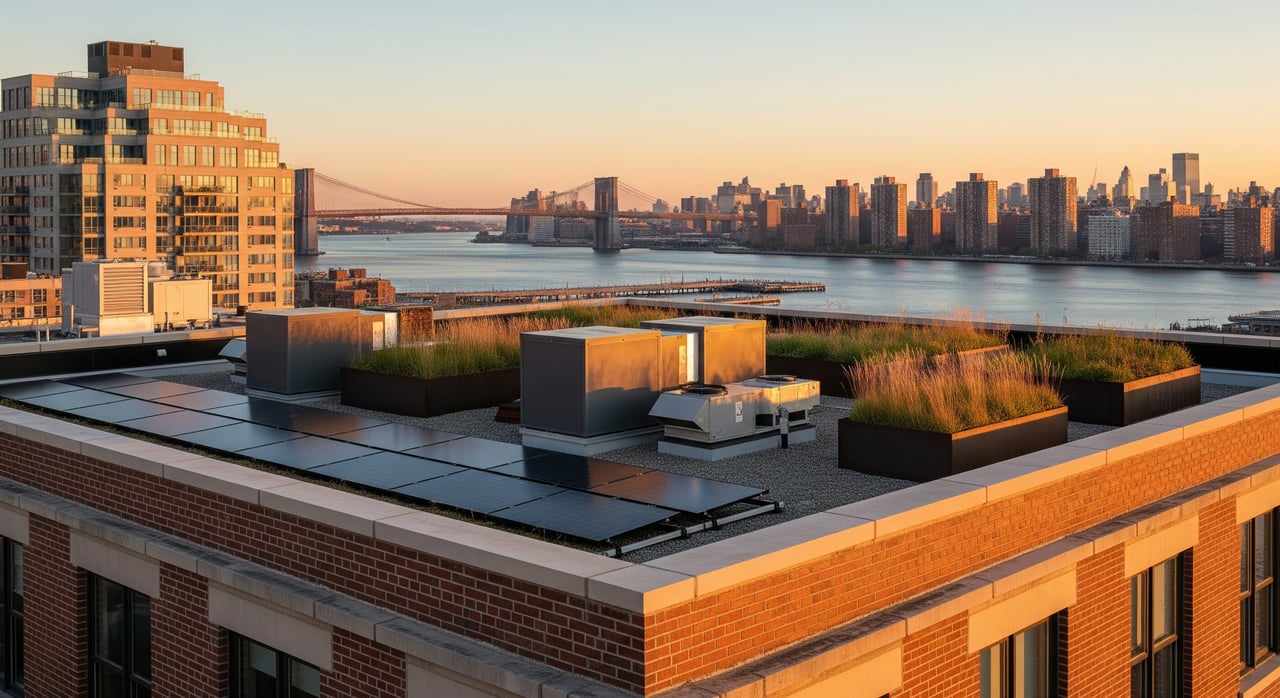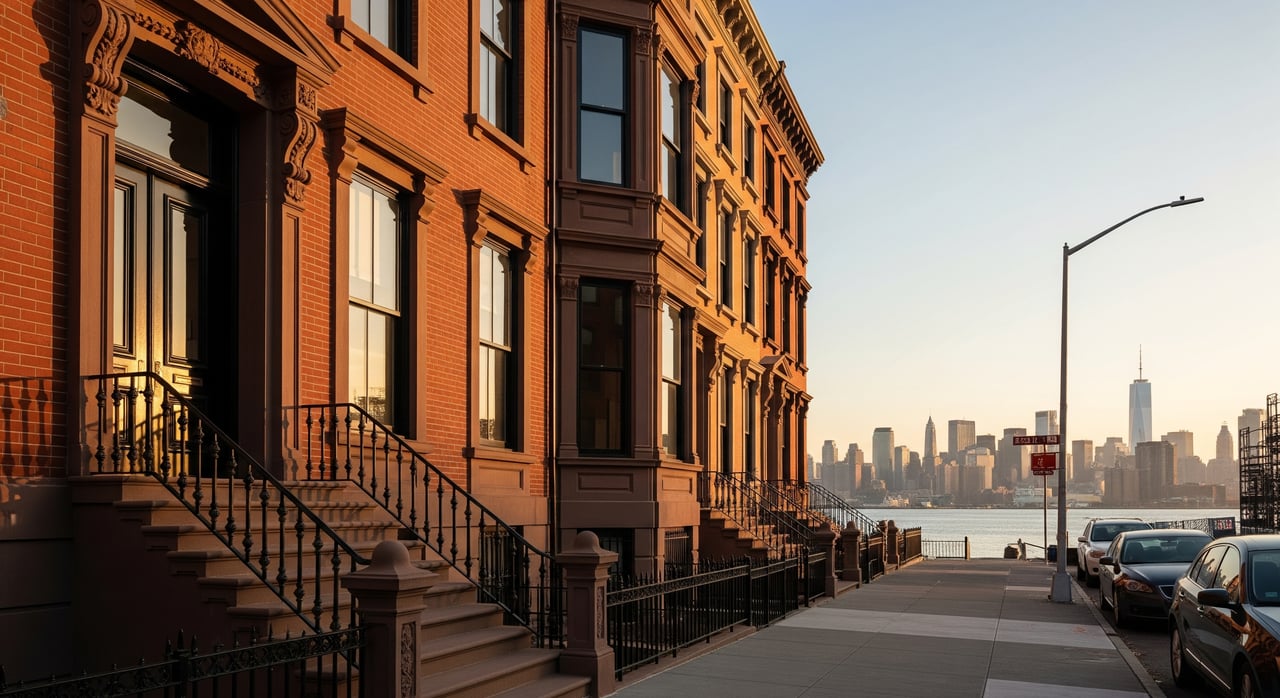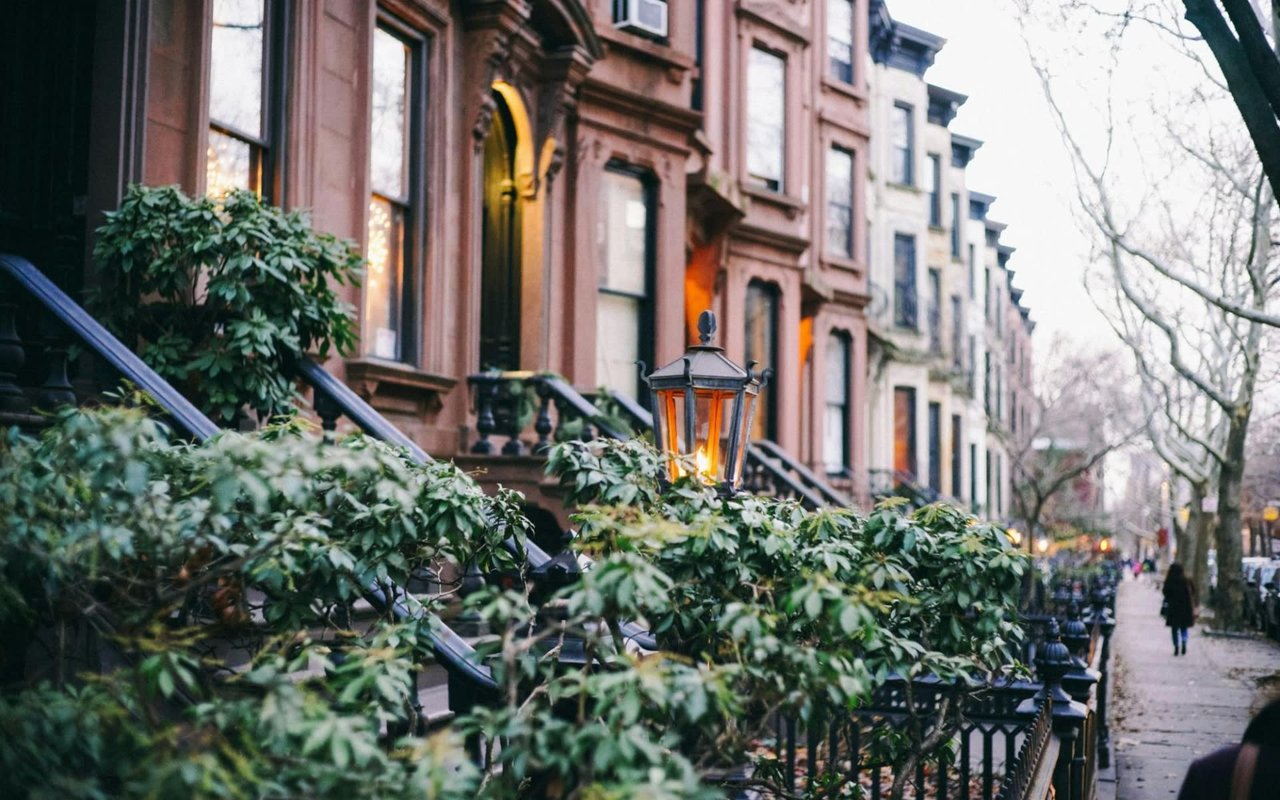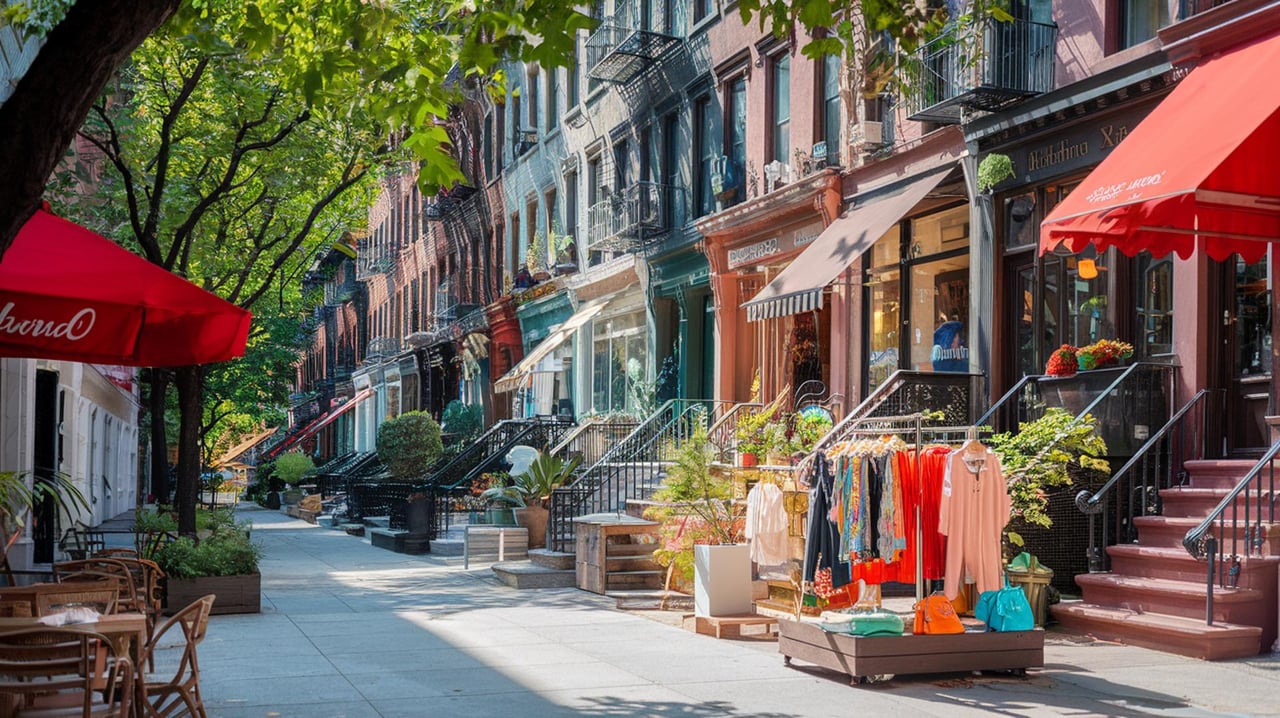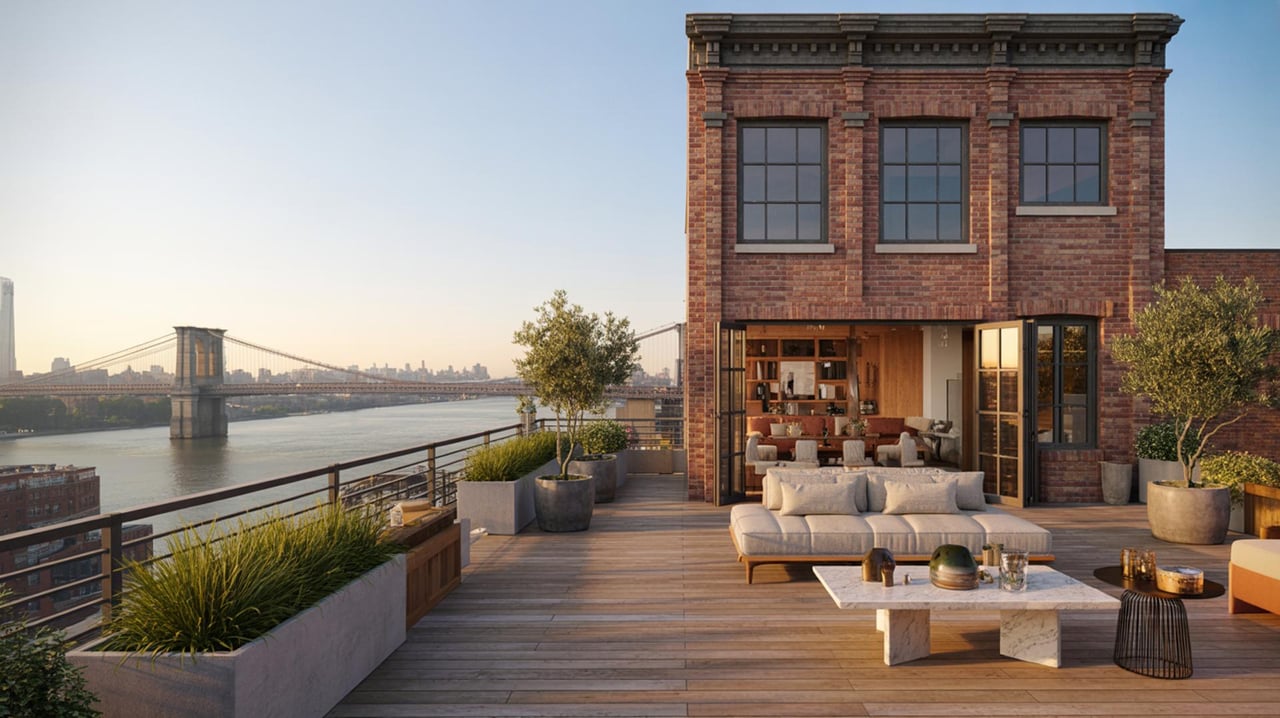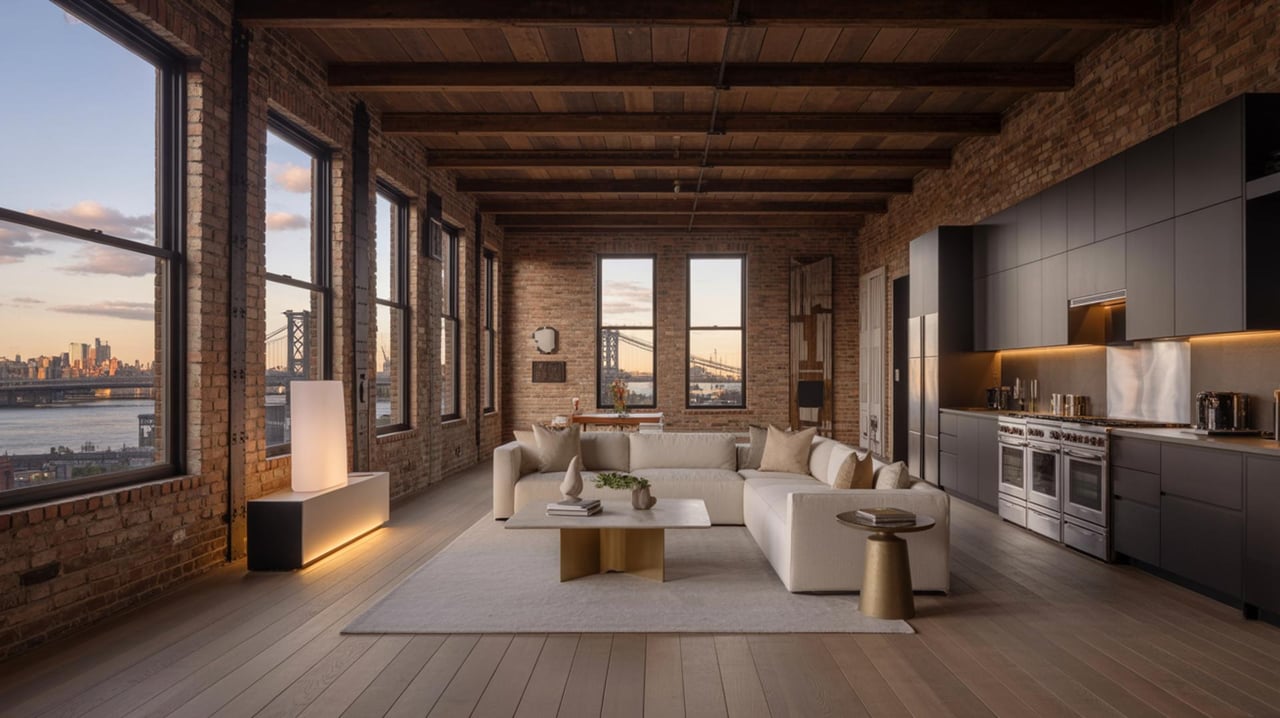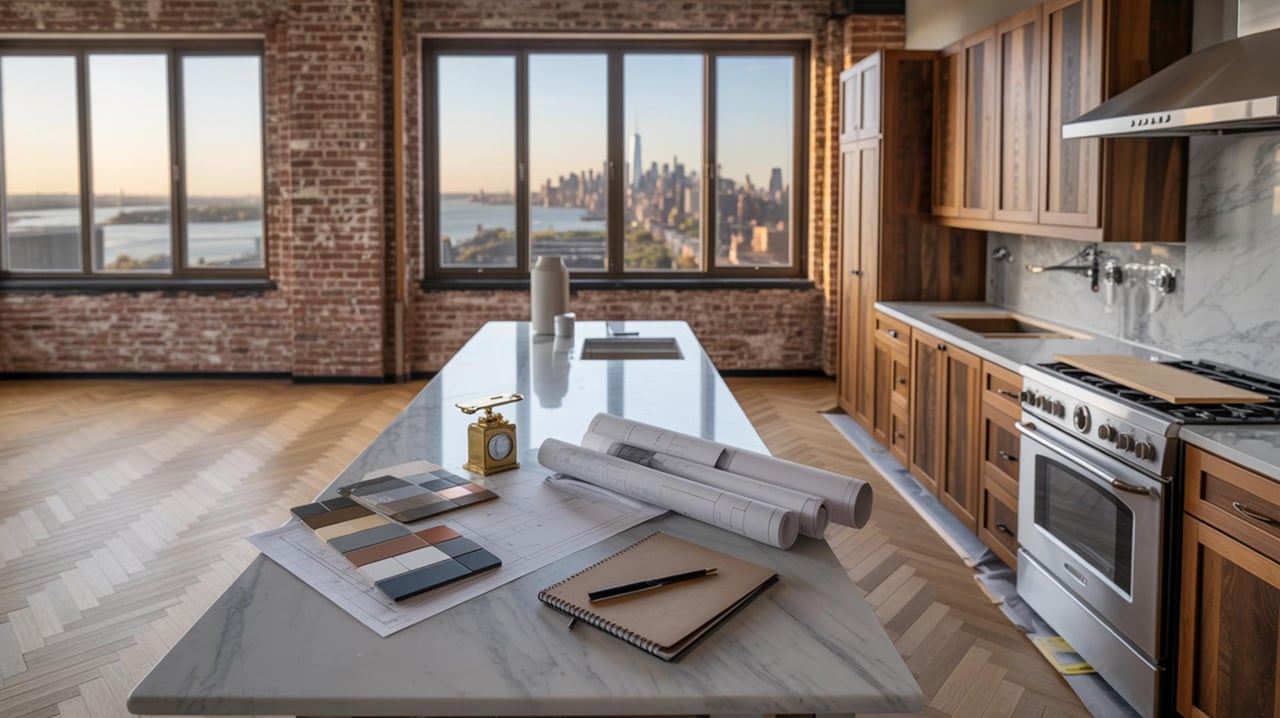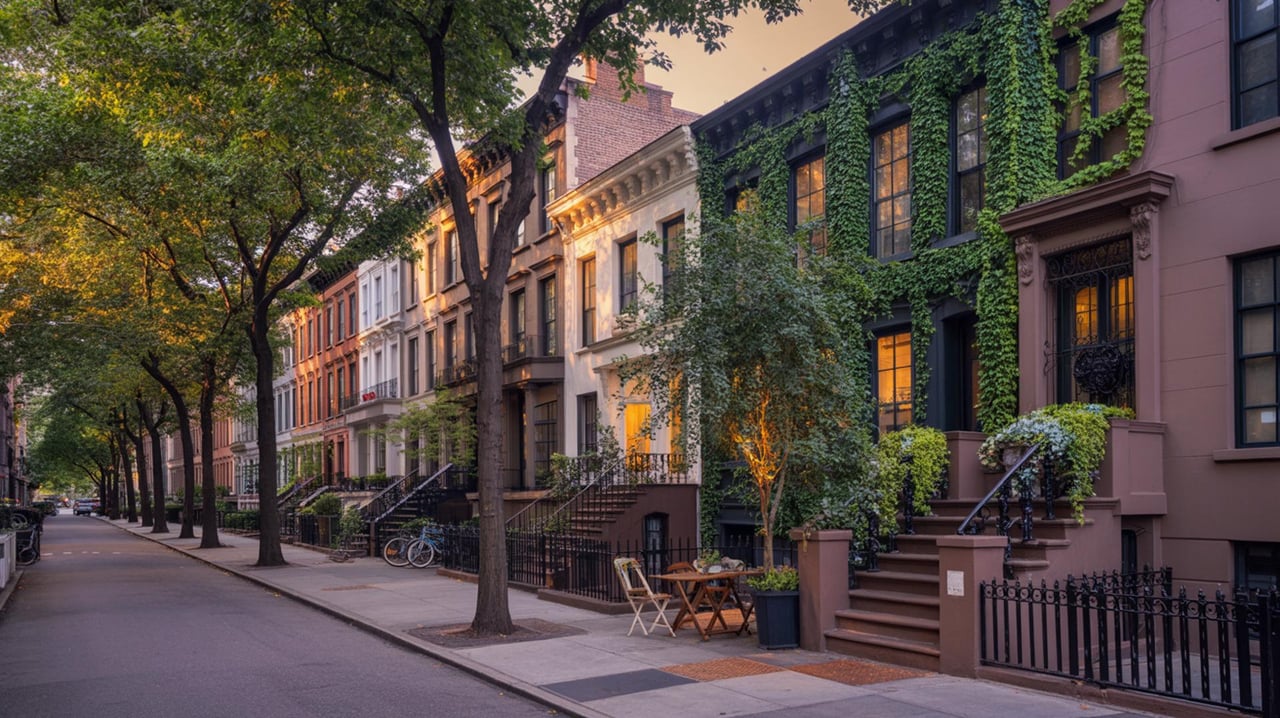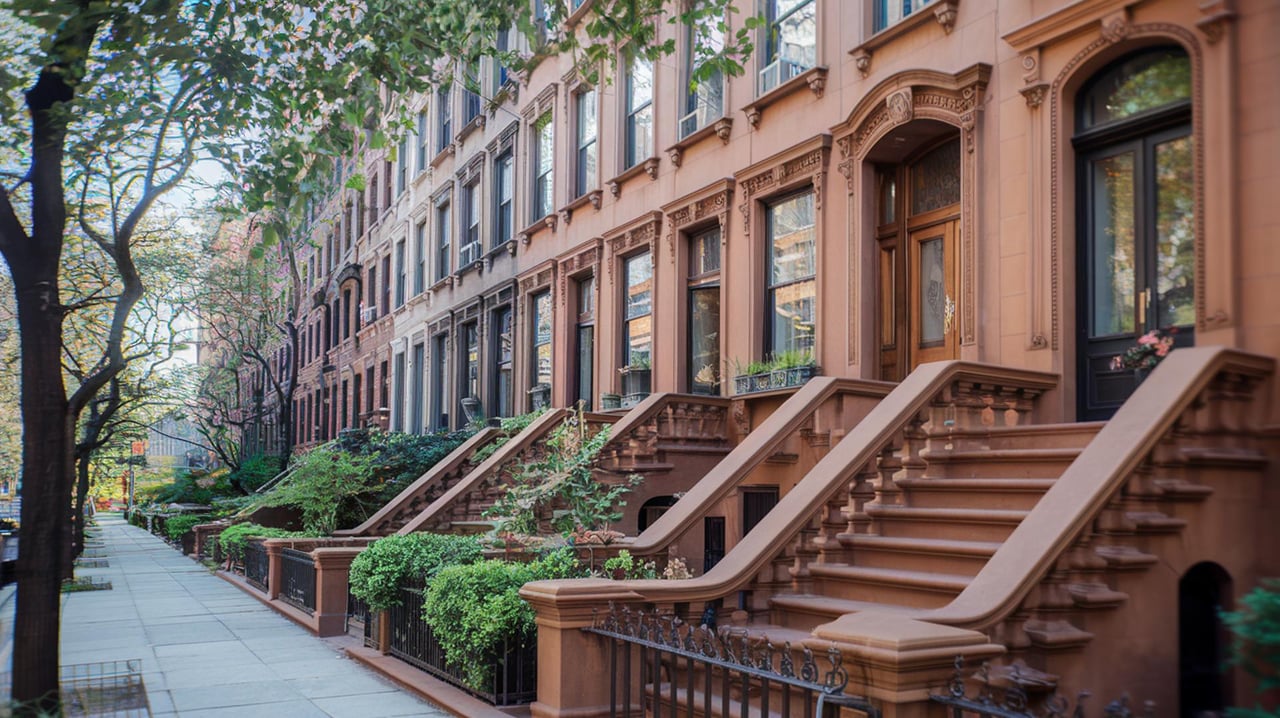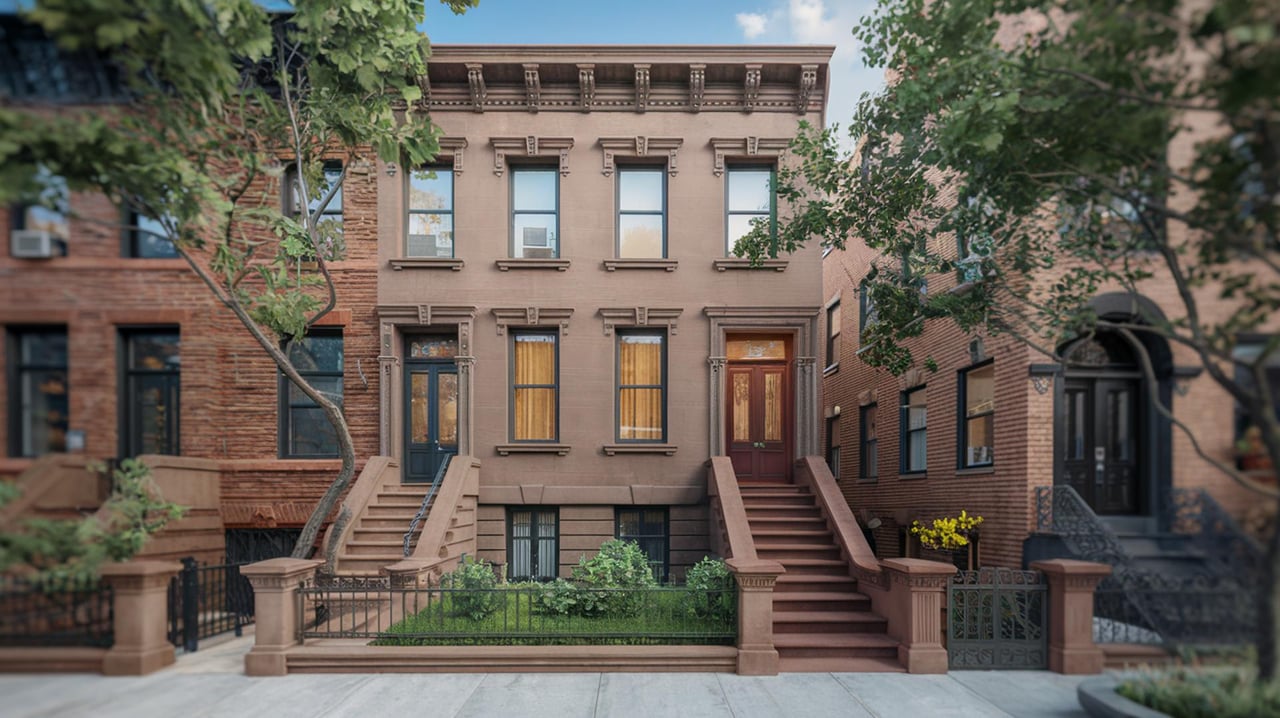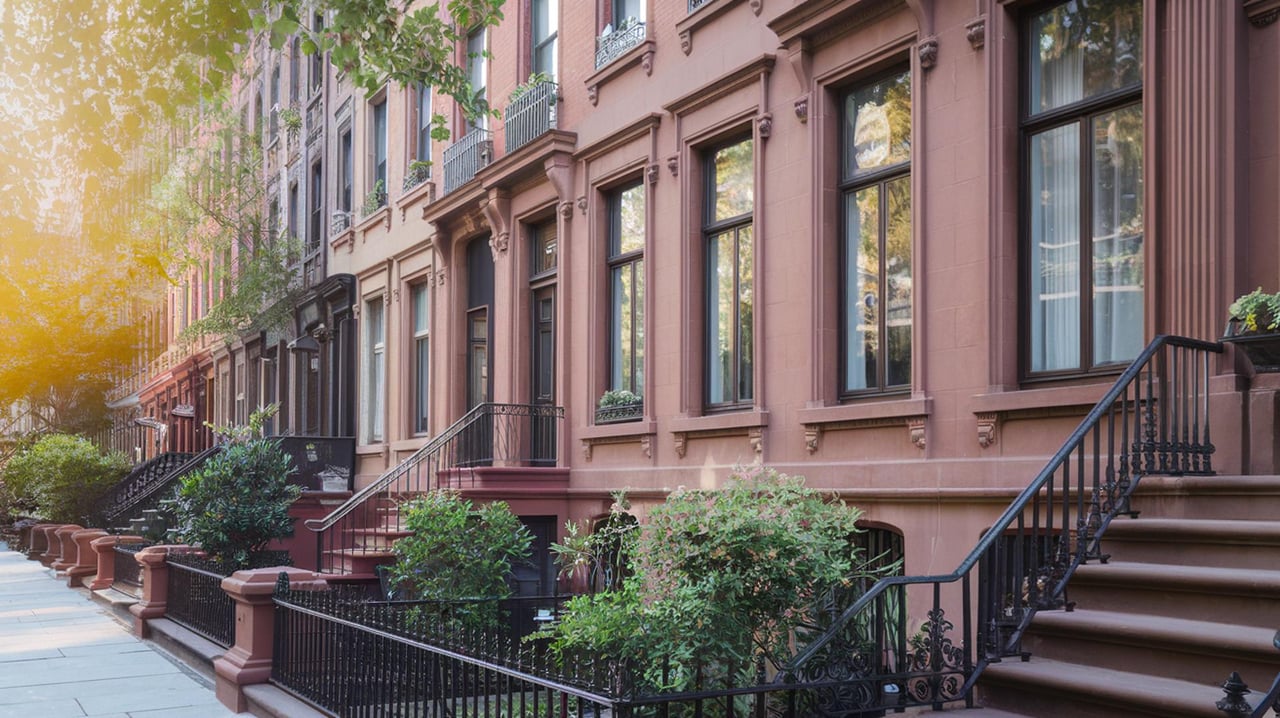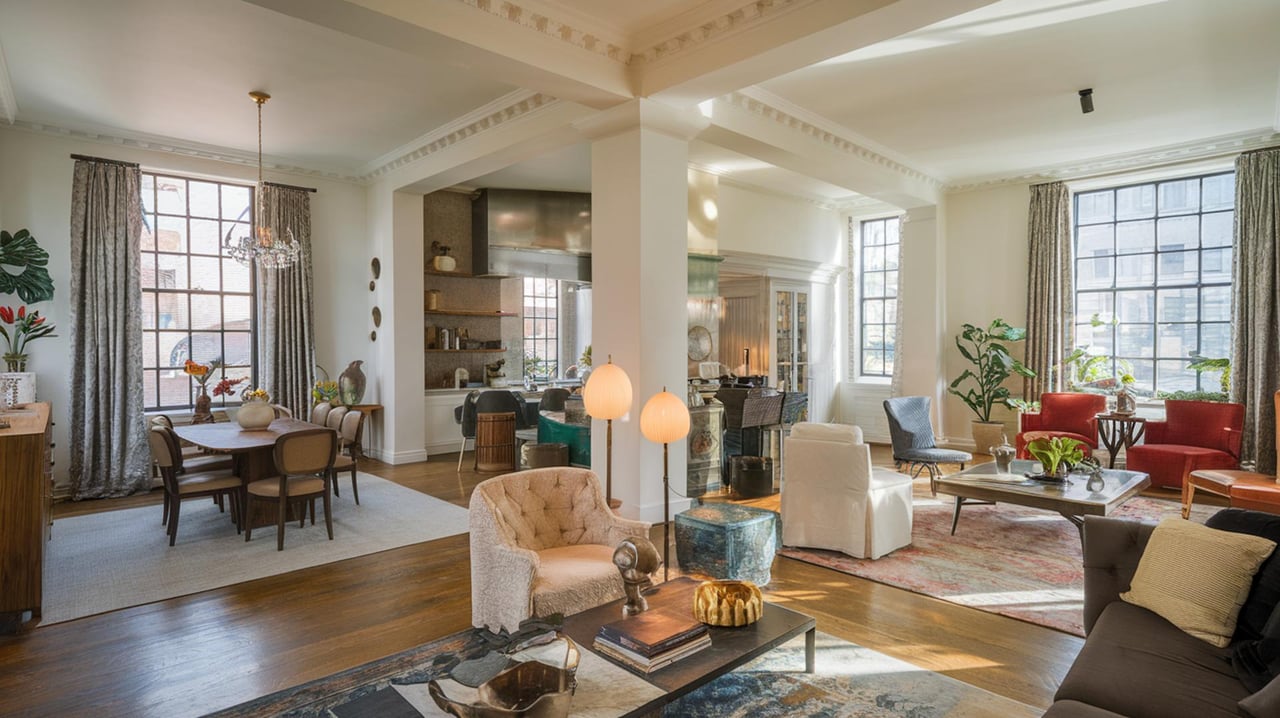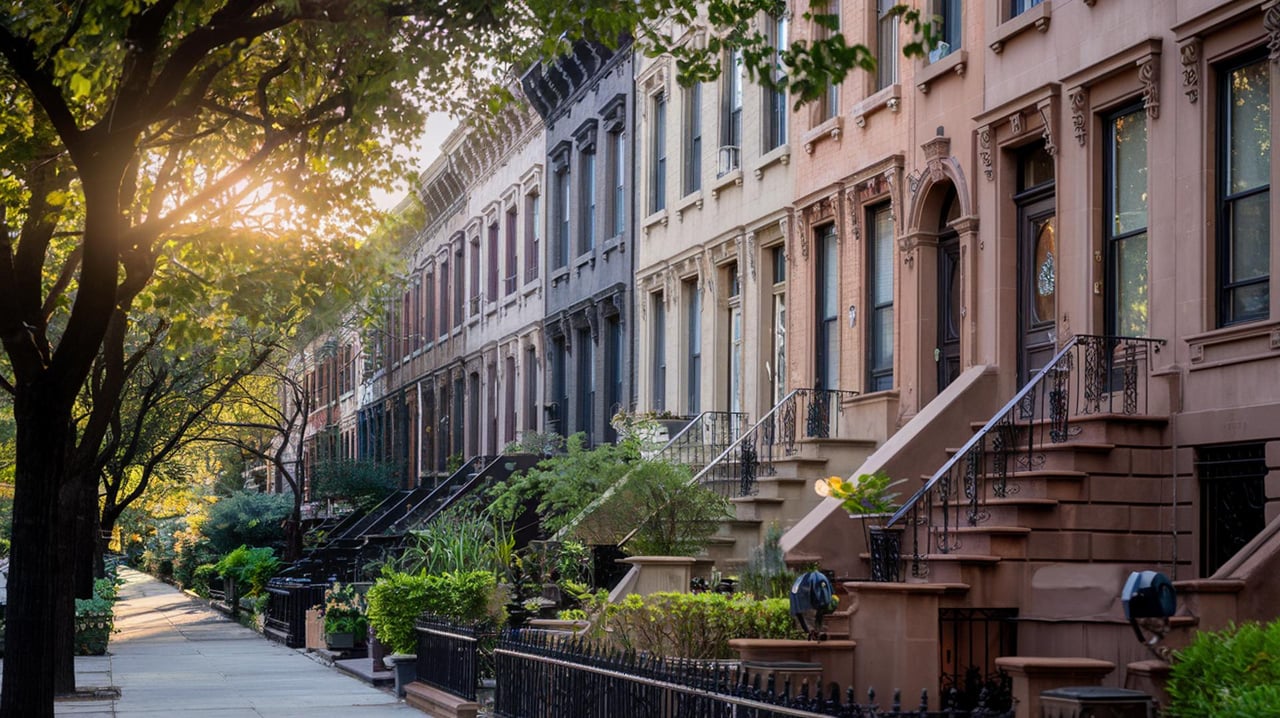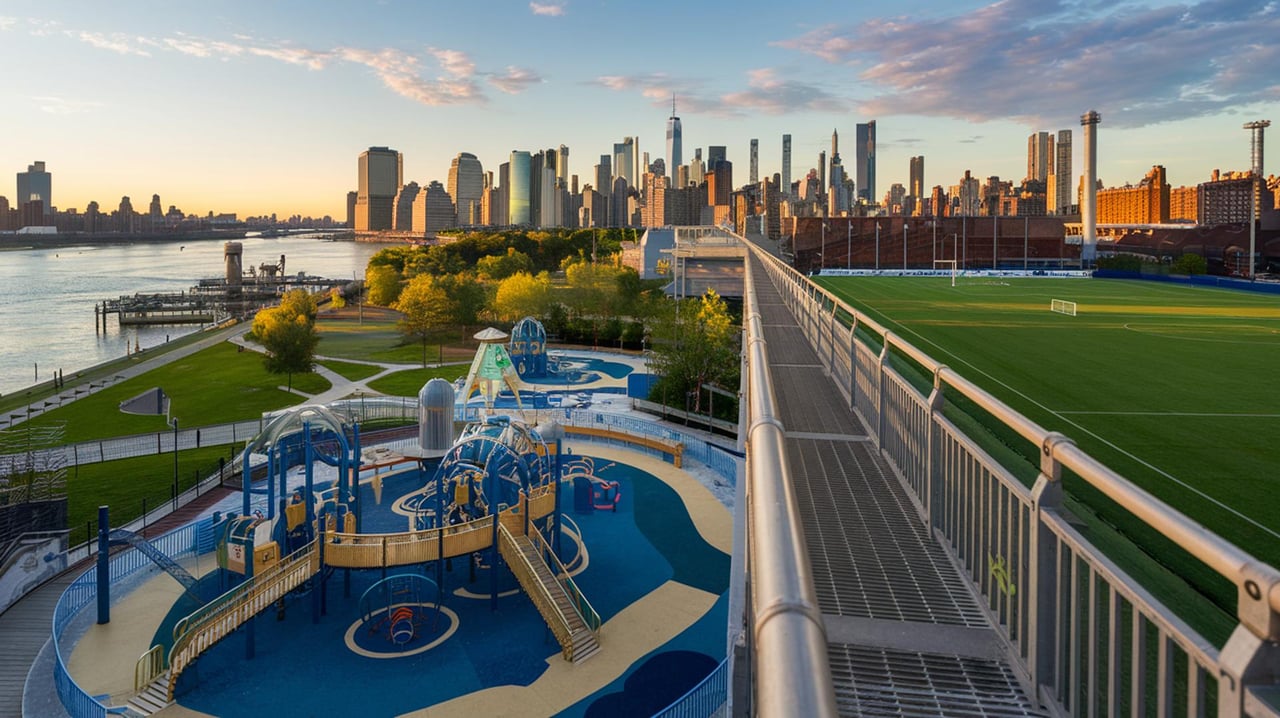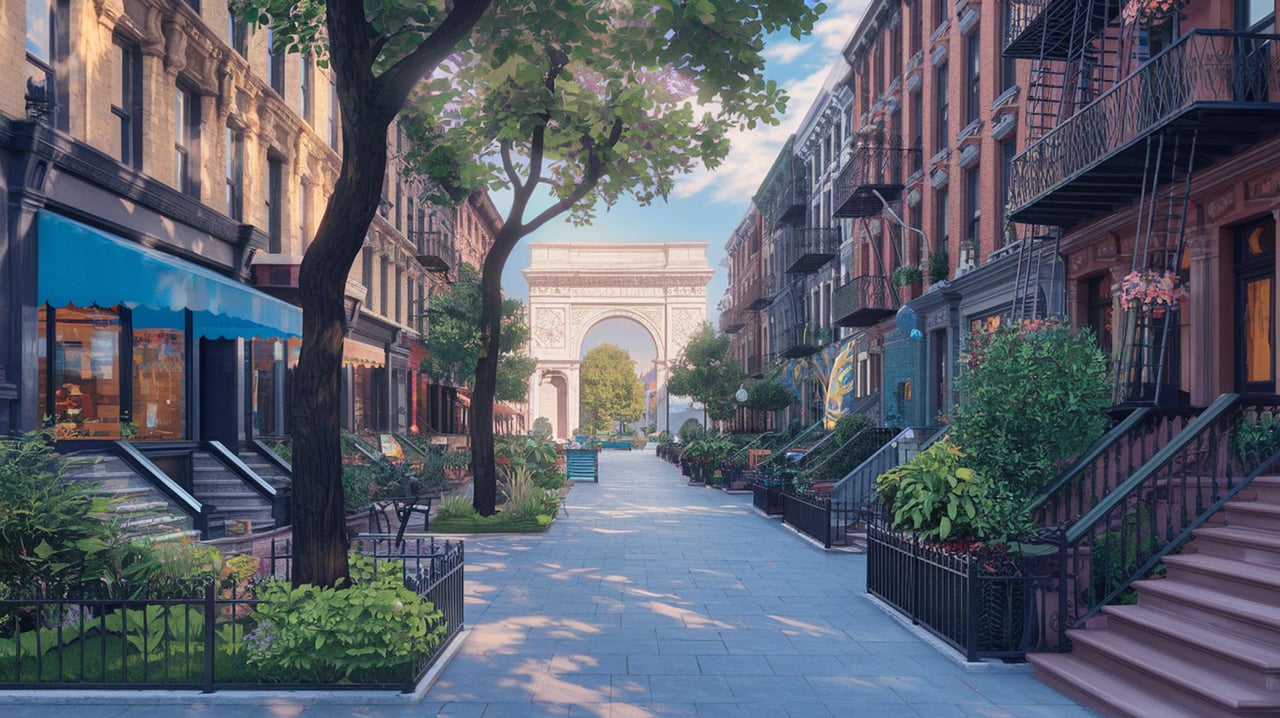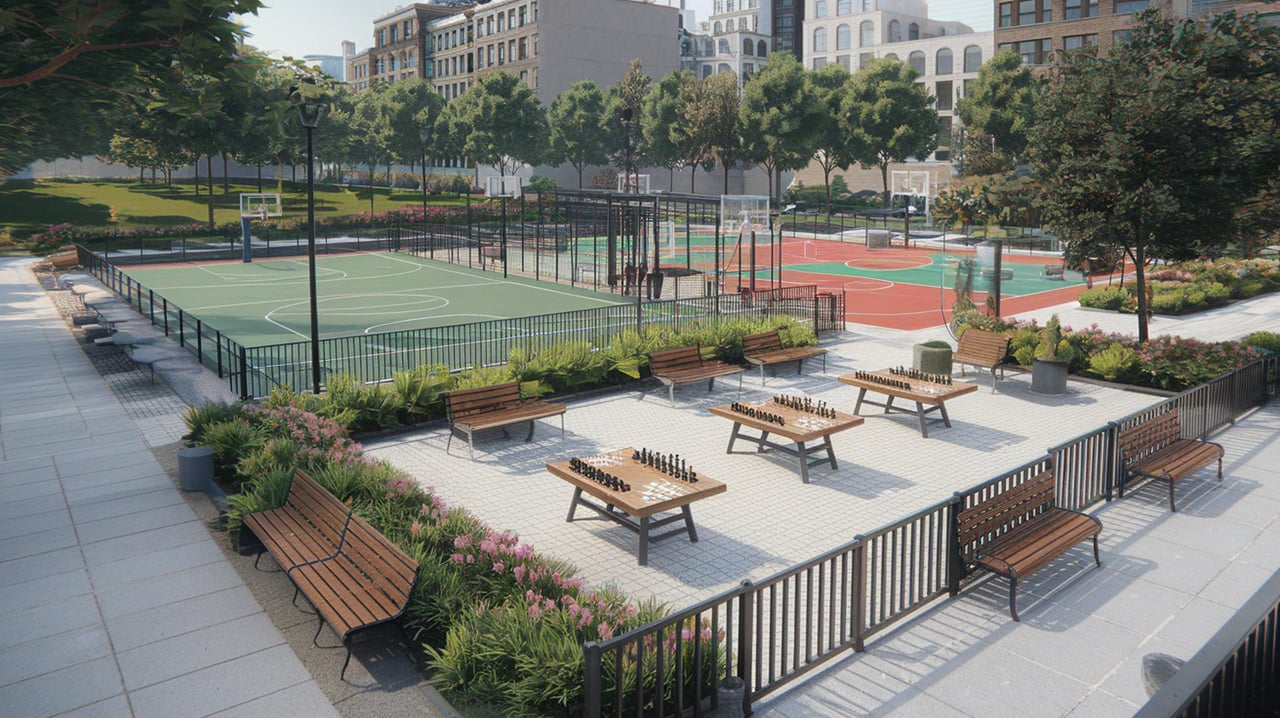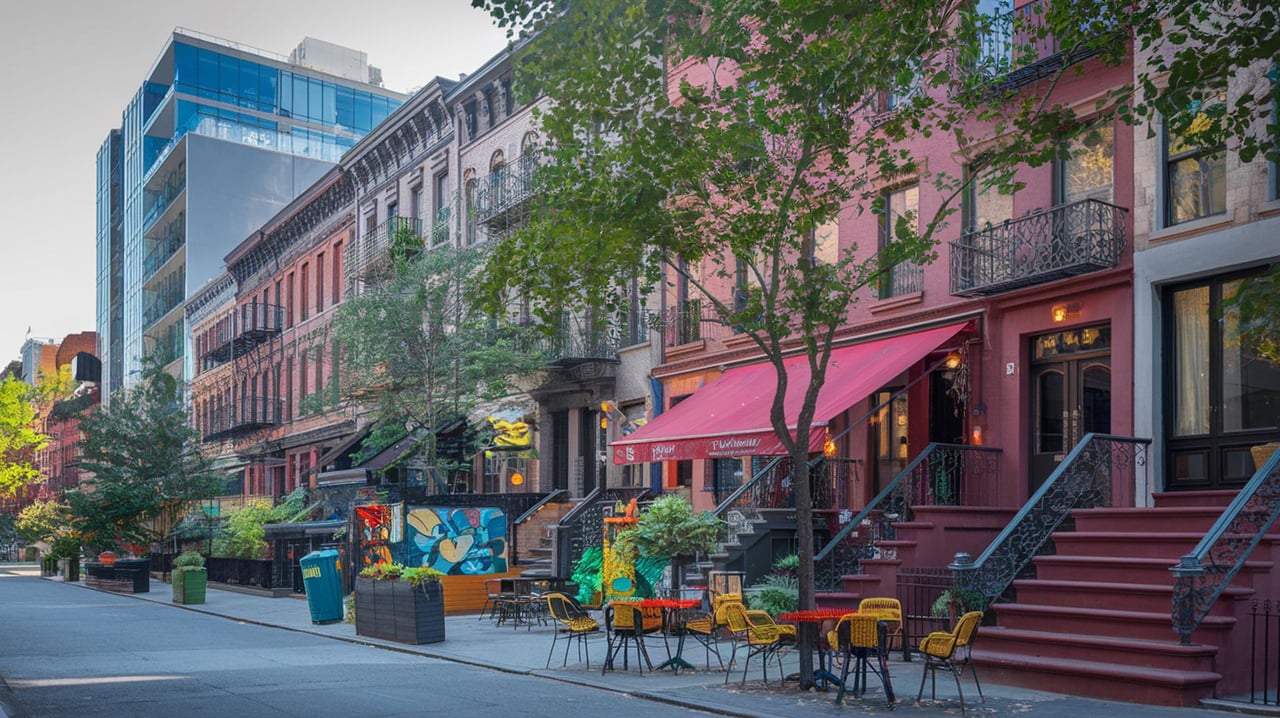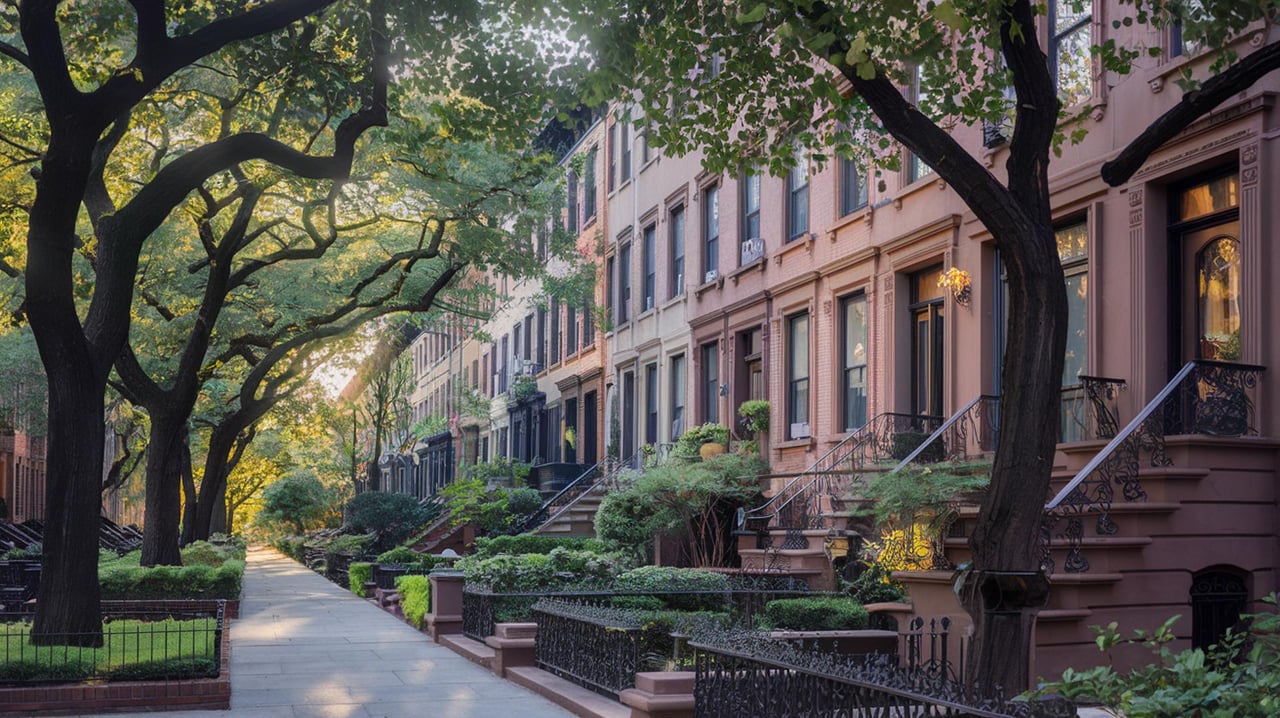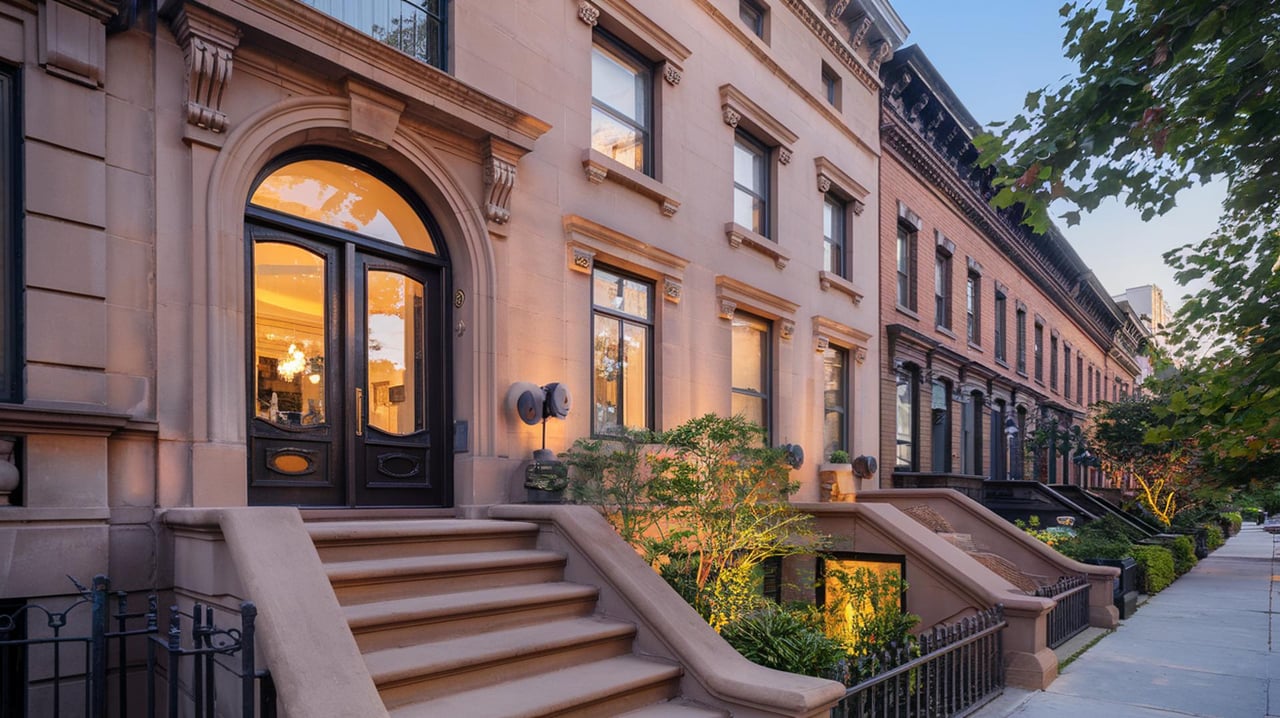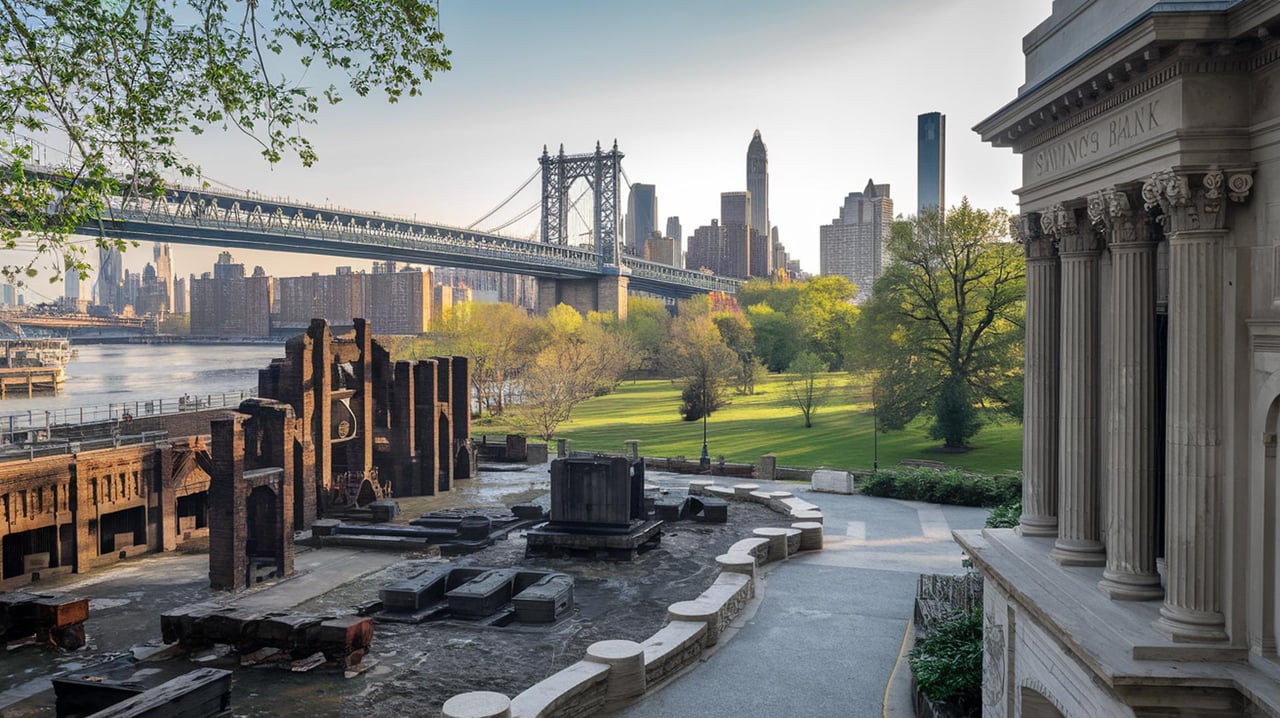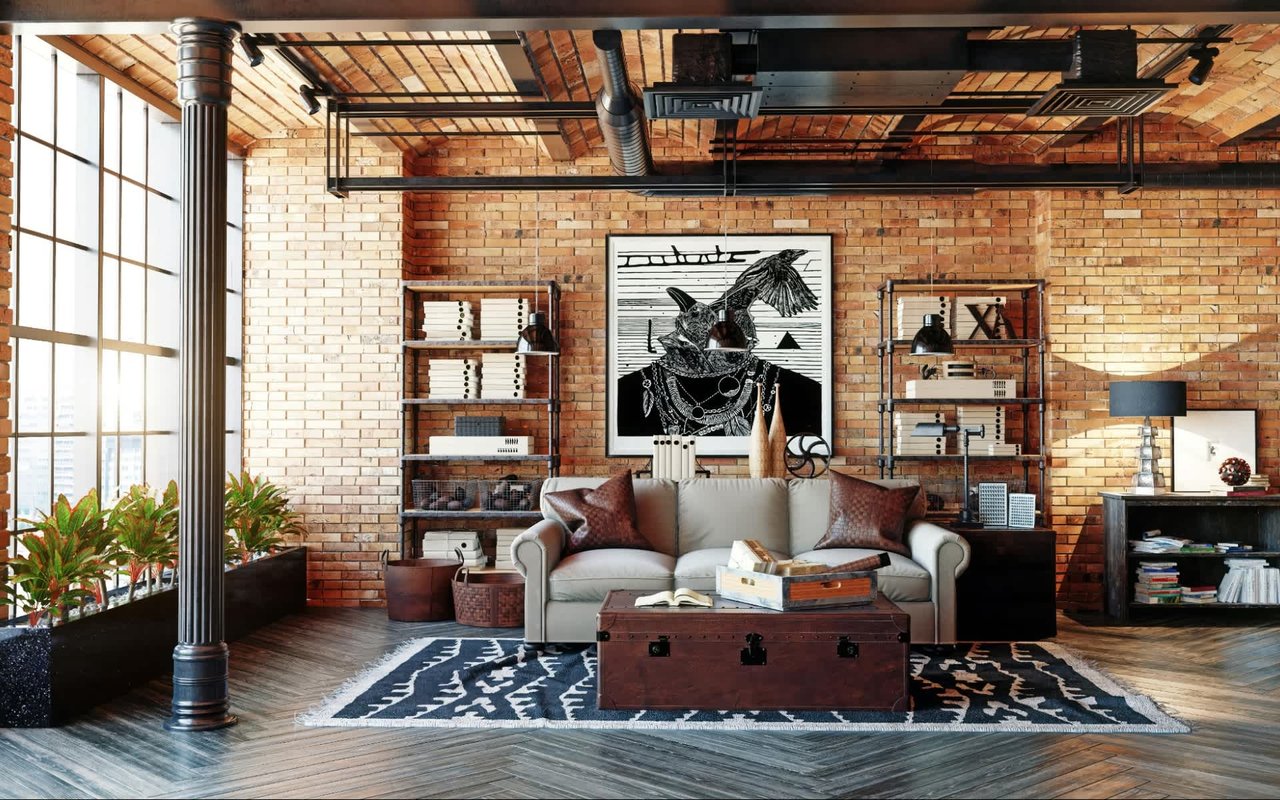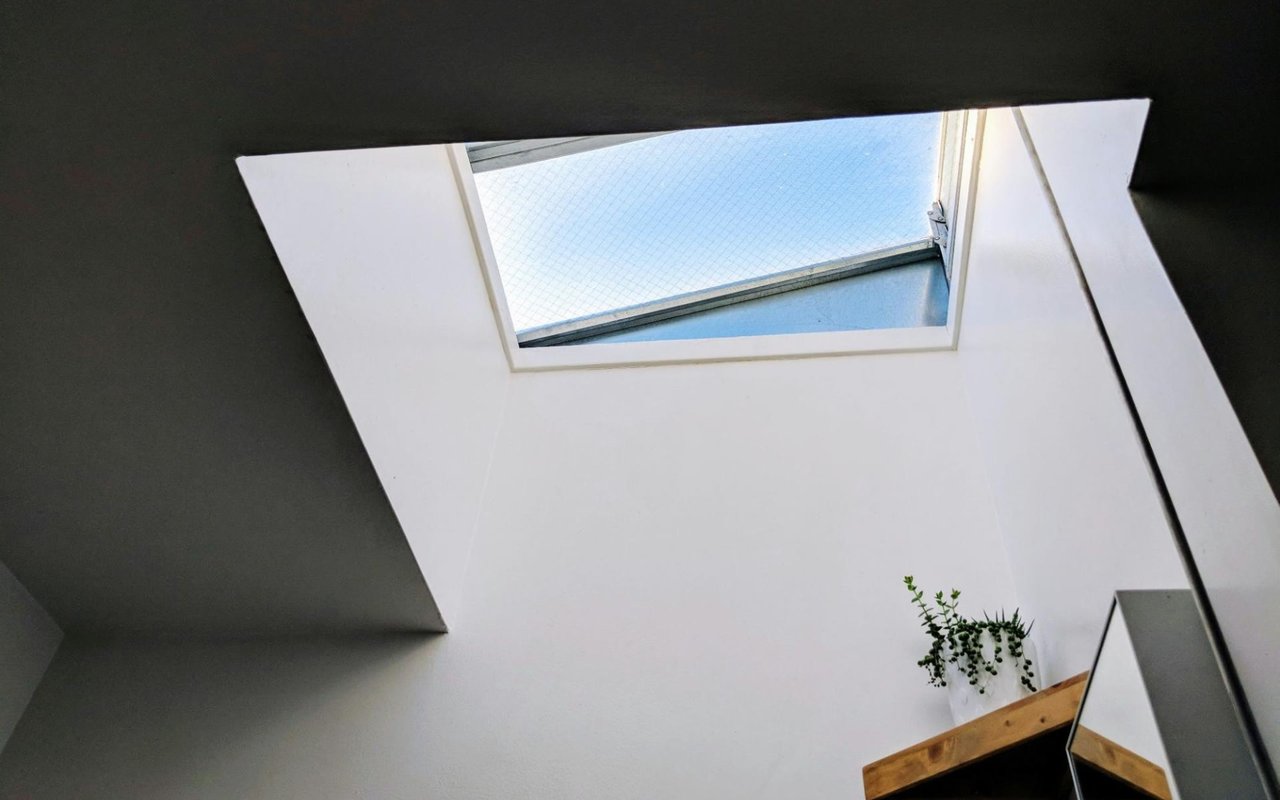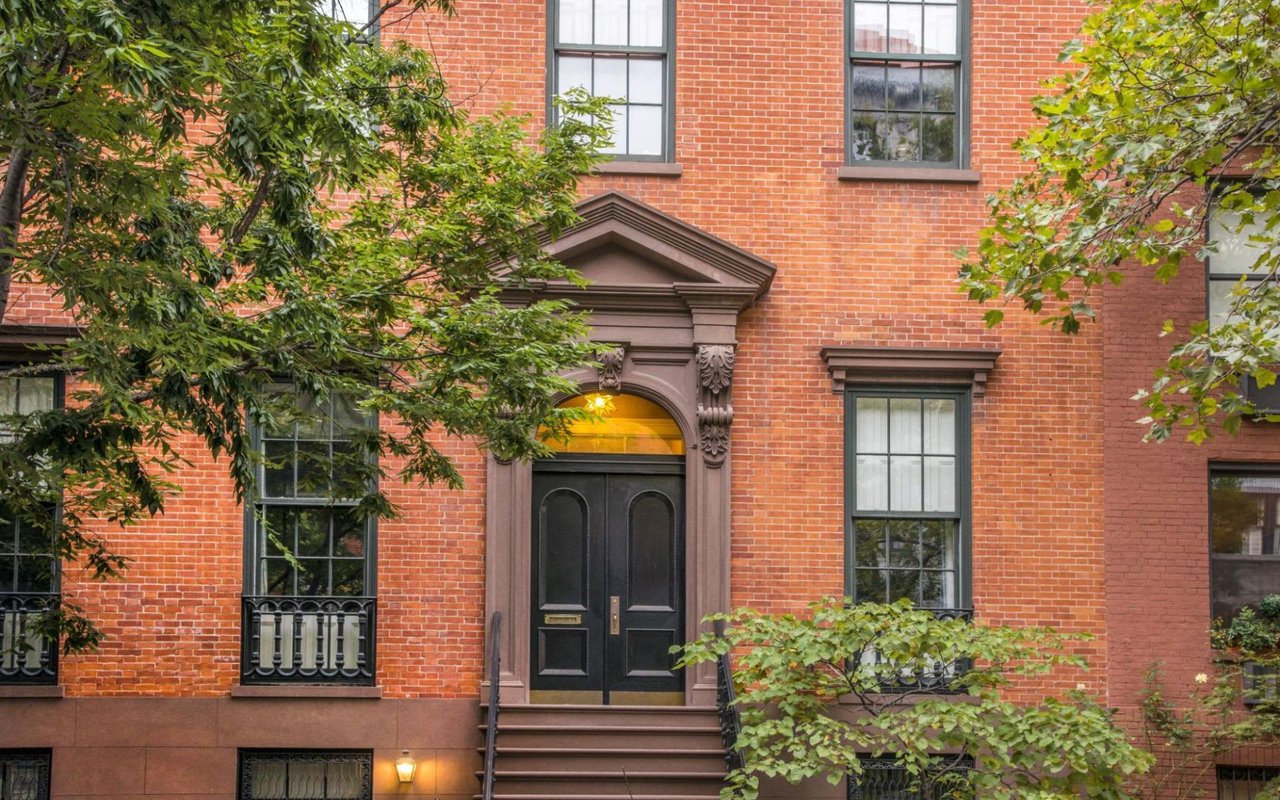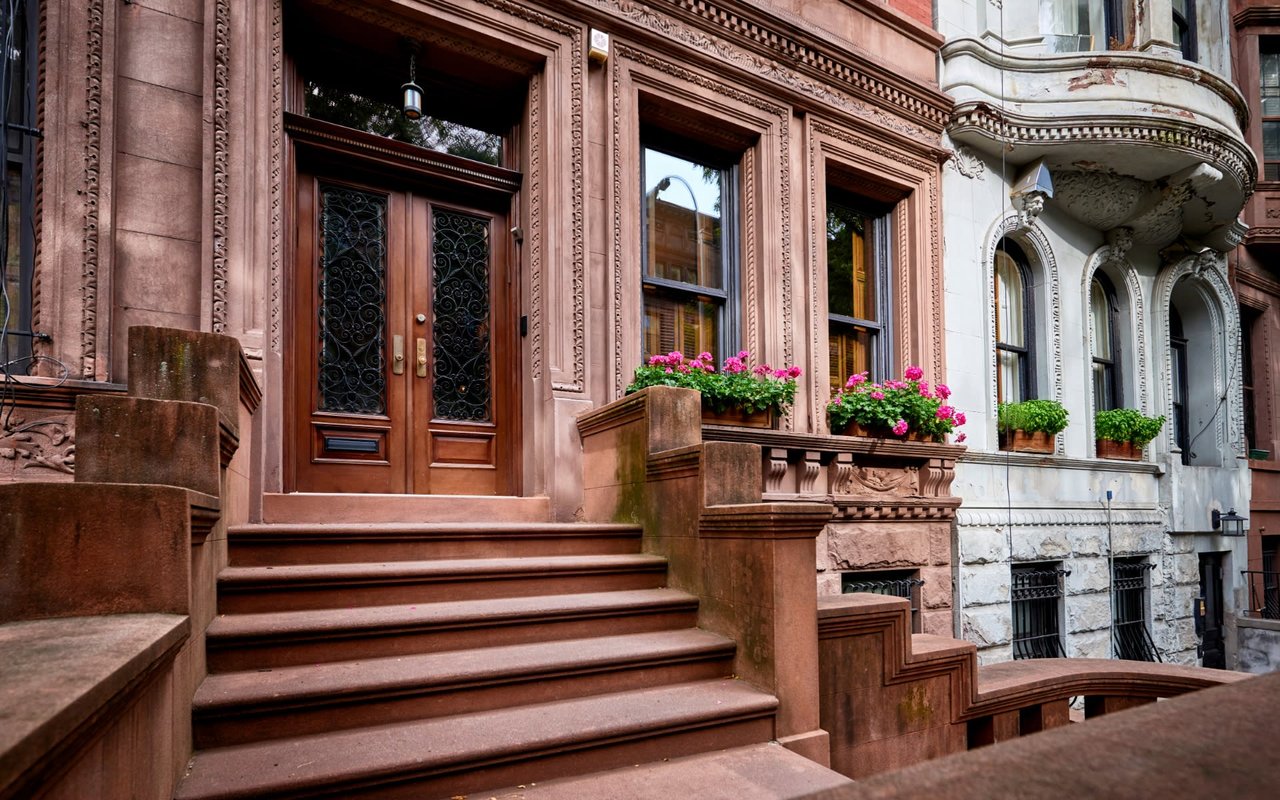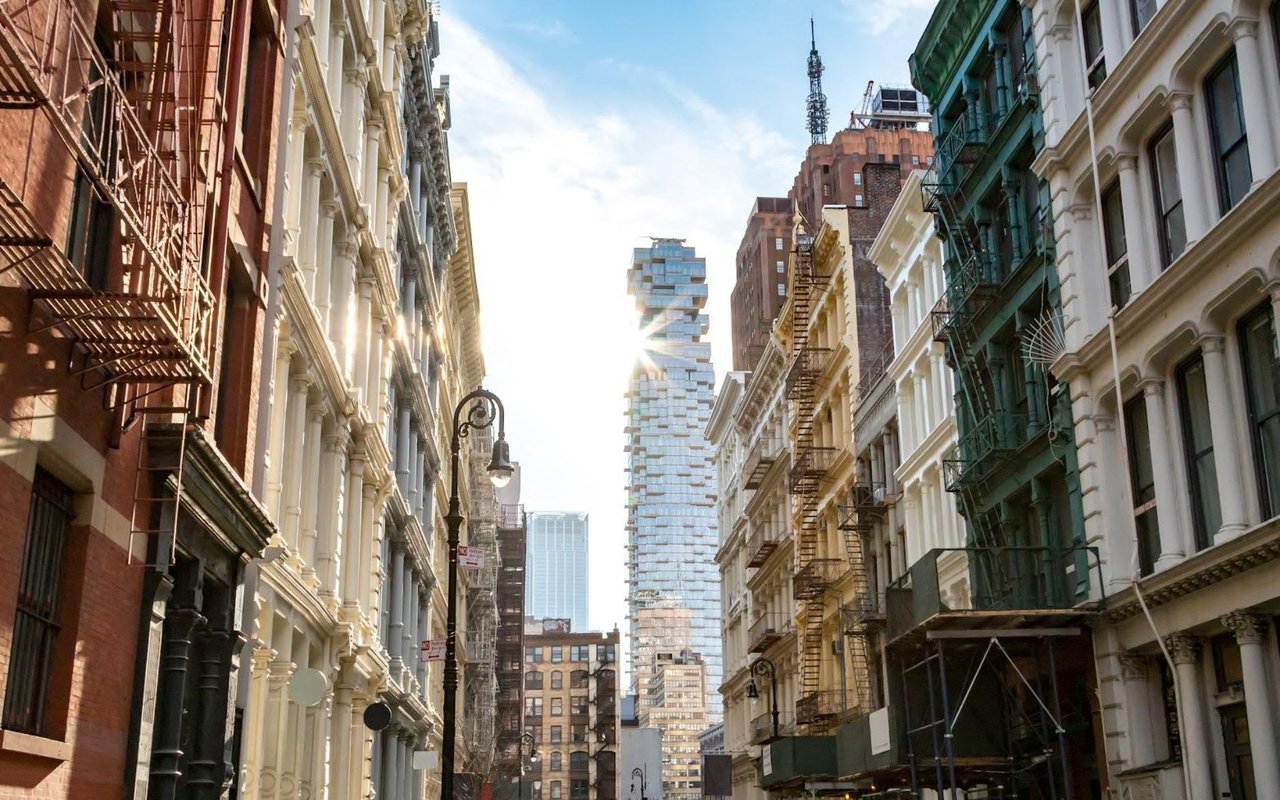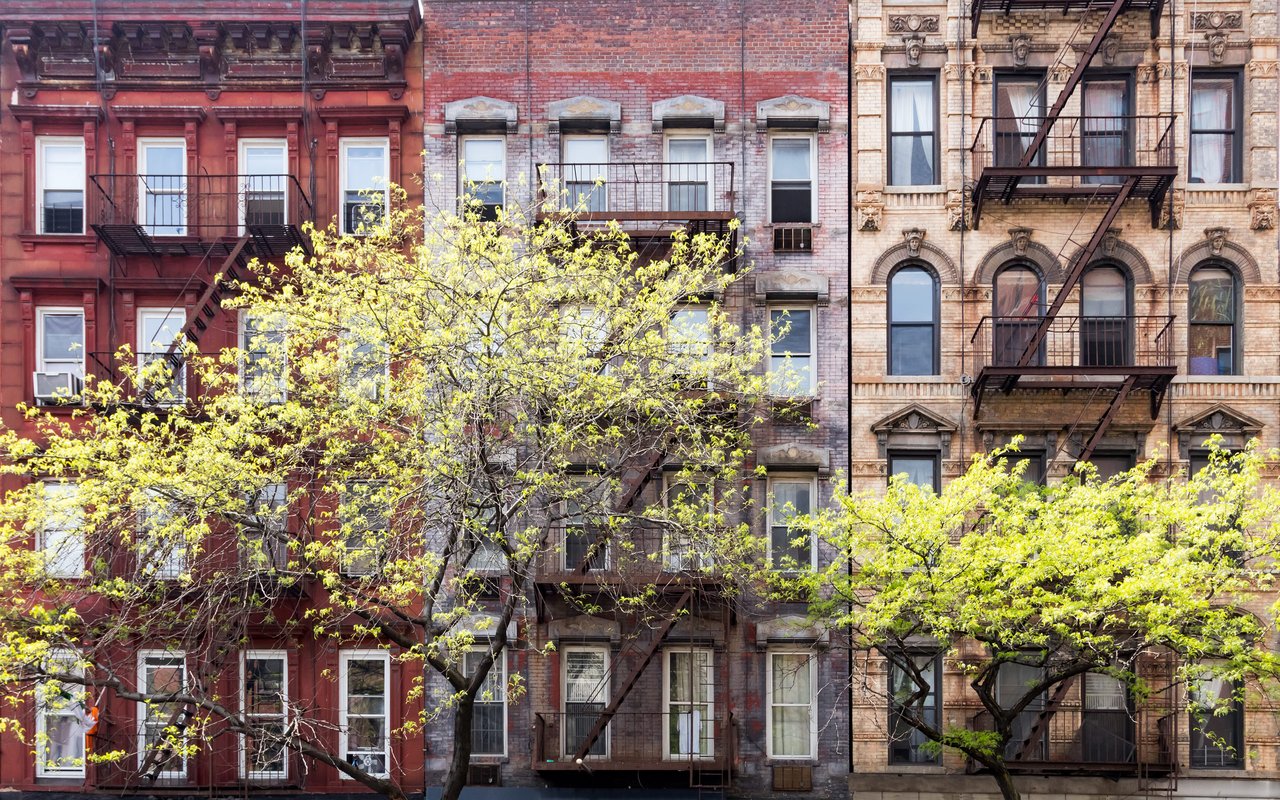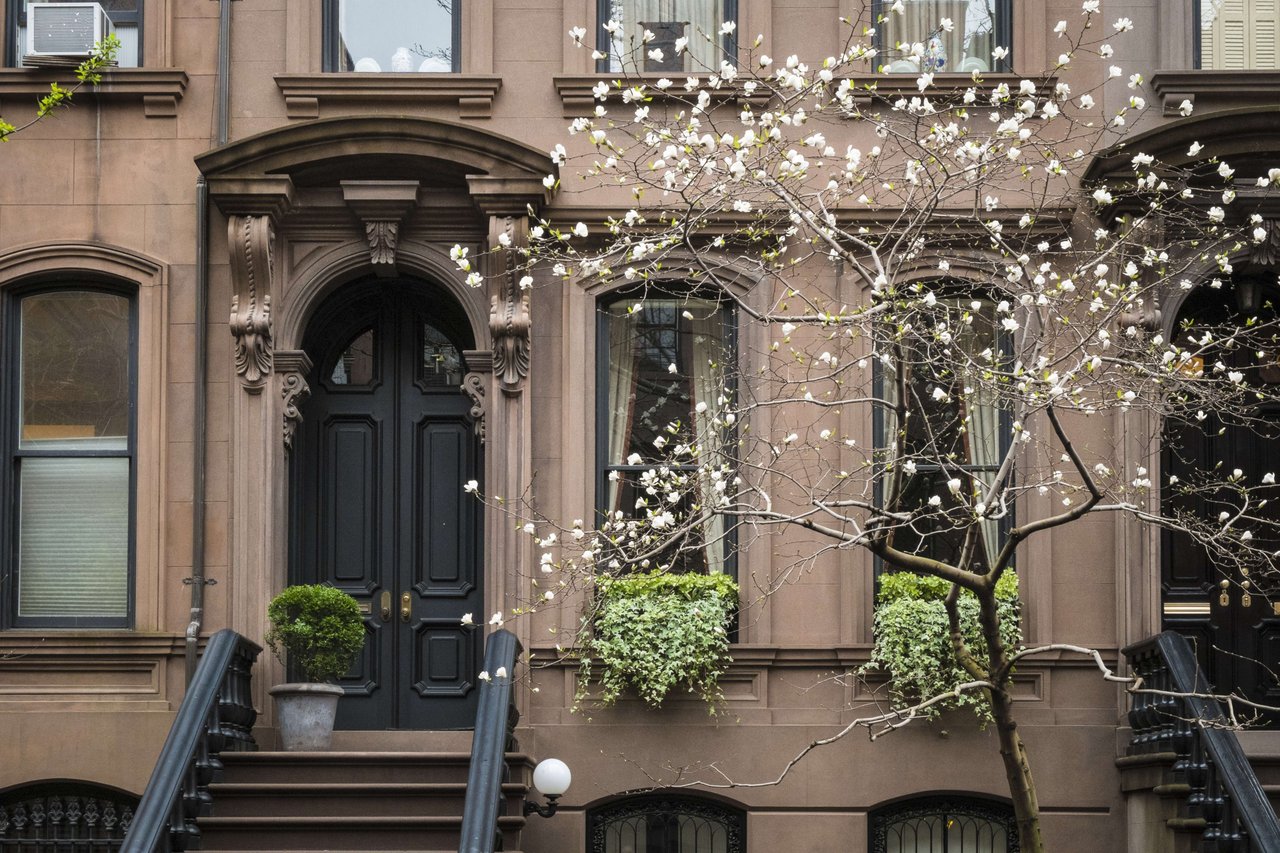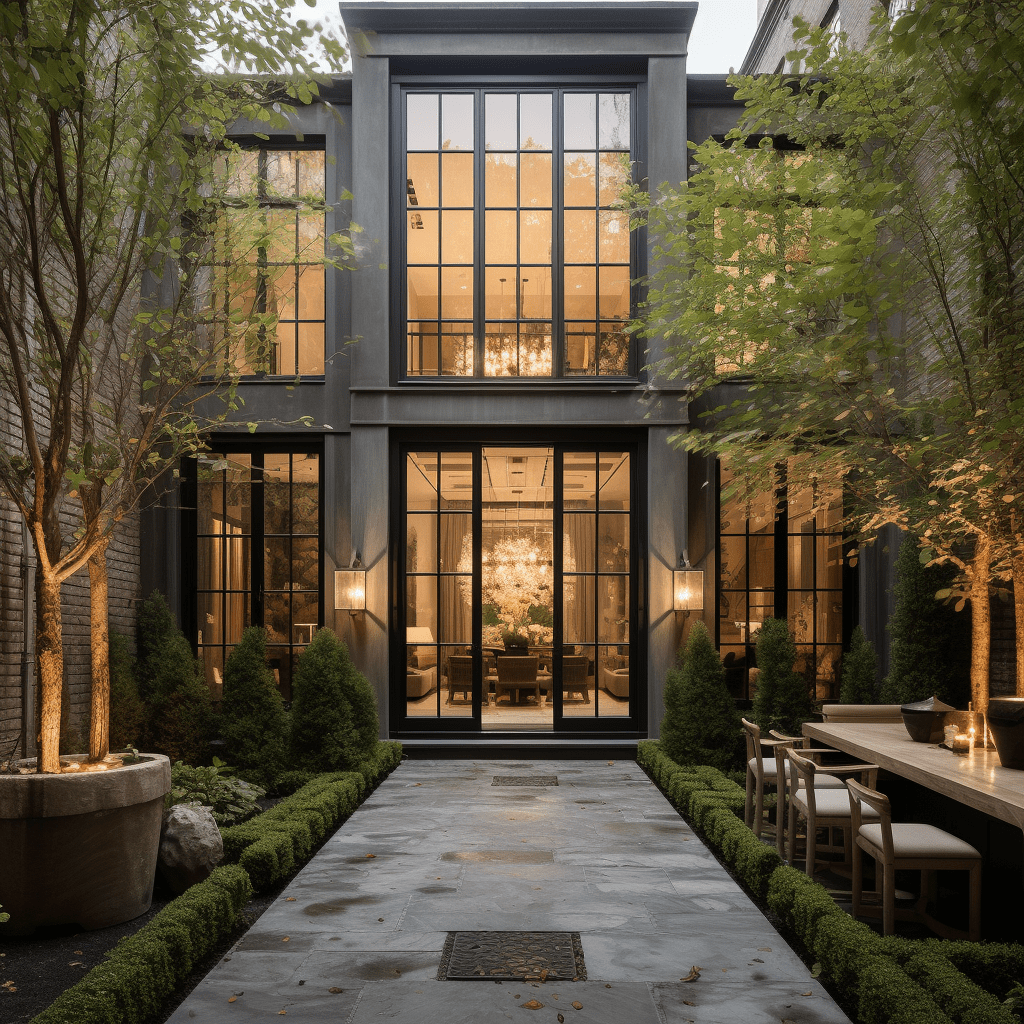The West Village in New York City is renowned for its picturesque streets and classic brownstones. These iconic NYC buildings have undergone significant architectural evolution over the decades. Understanding this evolution is not only fascinating for history buffs but also crucial for potential buyers and investors in the West Village real estate market. This blog will take you through the architectural journey of the West Village, providing insights into the historical significance and modern-day appeal of its famous architecture.
The Early Days: 19th Century Beginnings
The origins of the West Village and its famous brownstones can be traced back to the early 19th century when the area was still a rural outpost of Manhattan. As the city expanded, the West Village began to develop into a residential neighborhood. The initial architectural style of West Village brownstones was heavily influenced by the Federal and Greek Revival styles.
Federal Style (1790-1830)
Federal-style brownstones in the West Village are characterized by their simplicity and elegance. These homes often feature:
- Flat facades: Smooth, unornamented surfaces with minimal detailing.
- Symmetrical design: Balanced window and door placement.
- Decorative elements: Modest decorative touches like fanlights above doors and sidelights flanking entryways.
Greek Revival Style (1830-1850)
The Greek Revival style brought more grandeur and formality to West Village properties. Key features include:
- Tall columns: Inspired by ancient Greek temples, these often flank the entrance.
- Pediments: Triangular gables that add a classical touch.
- Bold moldings: More pronounced than the Federal style, these add depth and texture to the facades.
The Italianate Influence: Mid-19th Century
As the 19th century progressed, the Italianate style began to dominate West Village real estate. This style introduced a sense of opulence and decorative richness that set it apart from earlier styles. Characteristics of Italianate brownstones include:
- High stoops: Elevated entryways accessed by grand staircases.
- Elaborate cornices: Decorative cornices with brackets and intricate moldings.
- Tall, narrow windows: Often with arched or curved tops.
- Cast-iron details: Decorative iron railings and balustrades.
The Italianate style marked a period of prosperity and growth in the West Village, reflecting the neighborhood's increasing affluence.
The Late 19th Century: Neo-Grec and Queen Anne Styles
Towards the latter part of the 19th century, architectural tastes shifted again, introducing the Neo-Grec and Queen Anne styles to the West Village.
Neo-Grec Style (1860-1880)
The Neo-Grec style brought a more angular and geometric approach to brownstone design. Features include:
- Incised ornamentation: Sharp, chiseled details often carved into the stone.
- Angular forms: Straight lines and rectangular shapes dominate.
- Decorative lintels: Ornamental window and door lintels add visual interest.
Queen Anne Style (1880-1900)
The Queen Anne style introduced an eclectic and asymmetrical aesthetic, characterized by:
- Varied textures and materials: Brick, stone, and terracotta elements combined in one structure.
- Asymmetrical facades: Irregular shapes and layouts with projecting bays and turrets.
- Ornate detailing: Decorative elements like spindles, brackets, and patterned masonry.
These styles added diversity to the architectural landscape of the West Village, each bringing unique characteristics that continue to charm residents and visitors alike.
The Early 20th Century: Renaissance Revival and Beaux-Arts
As the 20th century began, new styles like Renaissance Revival and Beaux-Arts made their mark on West Village brownstones, reflecting the neighborhood's evolution and the city's broader architectural trends.
Renaissance Revival Style (1900-1920)
Renaissance Revival brownstones feature:
- Classical proportions: Balanced and harmonious design.
- Ornamental detailing: Stone carvings, pilasters, and decorative brackets.
- Grand entryways: Large, impressive doors with detailed surrounds.
Beaux-Arts Style (1890-1920)
Beaux-Arts brought an even greater level of detail and grandeur, characterized by:
- Elaborate facades: Richly decorated with classical elements like columns and sculptural details.
- Symmetry and order: Emphasis on formal and grand designs.
- Luxurious materials: High-quality stone and intricate ironwork are used.
The Modern Era: Preservation and Adaptation
In the latter half of the 20th century and into the 21st century, the focus shifted towards preserving the historic character of West Village brownstones while adapting them for modern living. This period has seen a blend of restoration and innovation.
Preservation Efforts
Many West Village properties have been meticulously restored to their former glory, with efforts to maintain original features like:
- Restoring facades: Cleaning and repairing stonework to reveal the original beauty.
- Reproducing period details: Using historically accurate materials and techniques to replicate original features.
- Landmark status: Many brownstones are protected by landmark status, ensuring their preservation for future generations.
Modern Adaptations
While preserving their historical charm, many brownstones have been updated to meet contemporary needs, including:
- Interior renovations: Modernizing kitchens, bathrooms, and living spaces while retaining original architectural details.
- Sustainable upgrades: Incorporating energy-efficient systems and materials.
- Functional enhancements: Adding amenities like central air conditioning, updated plumbing, and smart home technology.
Partner with The Mark O'Brien Team
Discover the perfect West Village brownstone with the expertise of The Mark O'Brien Team. Whether you're interested in buying or selling West Village properties, The Mark O'Brien Team has the local knowledge and experience to guide you through the process. Contact them today to explore the unique charm and timeless appeal of West Village real estate.

